Commercial solar hermetically sealed motors are used in submersible pumps system, which also has their well pump bodies hermetically sealed as well. The fact that this kind of centrifigu lwater pump does not suffer from pump cavitation, which is a problem that occurs when there is a significant height differential between the pump and the surface of the fluid, is the primary benefit of using this kind of pump. Because the assembly is always immersed in the liquid, the submersible pump never has to have any preparation done to it. Submersible pumps are particularly efficient because they require less energy to convey water to the pump, and the water pressure pushes water into the submersible pump, which “saves” a lot of energy from the pump.
This makes submersible pumps one of the most energy-saving types of pumps. Standard pumps and submersible pumps are the two categories that fall under the umbrella term “pond pumps.” Vertical pumps have the motor situated above the sump, which makes for easier maintenance but also makes it more noticeable to anybody passing by. The pump’s impeller is housed in a scroll housing at the bottom of the pump, and it is rotated by a long vertical extension shaft that is located at the top of the pump. On the other hand, the fully submersible pump is set up inside the sump, where it is protected from electrical shorts by a specific sealing mechanism. There is a discussion going on regarding which type of sewage pump is the best. If they are built correctly and kept clear of debris, vertical sump pump often have a longer lifespan (25-30 years). It needs less effort and is less expensive to remove. The lifespan of submersible pumps is only between 5 and 15 years. They come at an upper upfront cost, but they are capable of absorbing material without becoming clogged.
Solar Submersible Pump
Recent developments in solar energy have resulted in the creation of new technologies as well as different varieties of each solar energy product. In a similar vein, if we talk about the many kinds of submersible water pumps, they are mostly comprised of two different kinds. Let’s spend the next few moments getting to know these types. When it is required to remove water from deep locations, submersible solar water pump is the tool of choice. In a nutshell, the purpose of this pump is to bring water up from a depth that is greater than 15 meters. Put the pump into the water and switch it on to increase the water level; the solar energy will handle the rest of the work.
All you have to do is put the pump into the water. As a result of the high-water depth in peak locations, solar-powered submersible water pumps are the most effective pumps that may be used all over the world. In both rural and urban settings, water pumps find widespread usage in a wide variety of different applications. The location of pumps in relation to their supply of water is a significant factor in determining the type of pump each one is. For instance, you may have outdoor water pumps, which are also known as surface pumps or above-ground pumps, built outside the water supply at a nearby protected spot. These pumps snd agricultural pump are located above the earth. In a similar fashion, you may have submersible pumps that are specifically built to pump water from the water source. These pumps are positioned inside the water tank. Despite the fact that electric pumps are more effective, they might result in higher monthly power costs. As a result, solar-powered submersible pumps could be a more viable option.
Solar Submersible Pump
The solar system is a cutting-edge water-raising mechanism that is driven by solar energy. There are a few other names for it, including solar pump, solar submersible pump, and solar pumping system. The elements that comprise this system are typically a solar panel, a solar inverter, a controller, and occasionally a solar battery. The fact that these pumps do not need energy from the grid also results in a reduction in the number of carbon emissions they produce. The solar-powered pump is a fantastic piece of technology for bringing water to isolated regions, and the benefits it provides to both the environment and society are significant. The use of solar pumps to irrigate agricultural land and horticultural areas is becoming increasingly common and popular among farmers. However, these pumps are now being utilized in a wider variety of applications, including fountains, swimming pool pumps, pumps for circulating water, household packaged pumps, and other uses of a similar nature. Because there are two distinct types of solar water pumpsp snd self priming pump on the market, each utilizing a unique technology, it is important that you take the time to read the information that is provided below so that you may select the model that meets all of your needs in the most effective manner.  The solar panel is the first component of the solar pump. Solar panels are made up of a collection of very small solar cells made of silicon. These cells are designed to collect sunlight and transform it into direct current (DC) electricity. Through the use of the MPPT solar pump controller, the solar pump is wired to communicate directly with the solar panel. Therefore, the process of raising the water level begins each time sunlight strikes the solar panel, which activates the pump. In the event that you employ an AC water pump, the solar inverter will be used to convert the power that is produced. As a result of this, you will require the installation of a solar inverter along with your solar pump. The direct current (DC) is changed into alternating current (AC) power by the inverter, which is then sent to the pump.
The solar panel is the first component of the solar pump. Solar panels are made up of a collection of very small solar cells made of silicon. These cells are designed to collect sunlight and transform it into direct current (DC) electricity. Through the use of the MPPT solar pump controller, the solar pump is wired to communicate directly with the solar panel. Therefore, the process of raising the water level begins each time sunlight strikes the solar panel, which activates the pump. In the event that you employ an AC water pump, the solar inverter will be used to convert the power that is produced. As a result of this, you will require the installation of a solar inverter along with your solar pump. The direct current (DC) is changed into alternating current (AC) power by the inverter, which is then sent to the pump. 
Solar Submersible Water Pump System
A system that is powered by solar energy is referred to as a solar water pump or high pressure jet pump and photovoltaic solar water pumping system like solar submersible pump. It operates in the same way as a standard electric pump, with the distinction that it is powered by solar energy rather than by electricity or fossil fuels. It is made up of one or more solar panels, which are also known as photovoltaic solar modules, a pump-motor assembly, electronic controls or a controller to drive the pump, the appropriate hardware, and, in certain instances, additional components like inverters, batteries, and so on. This pump gets its power from the sun, namely photovoltaic solar panels, as its name would imply. It includes a pump motor, solar panel, and controller. A few of them are also equipped with the ability to use solar batteries or inverters.  The BLDC (Brushless Solar Powered) Submersible Water Pumps are one of the types of pumps that fall under this category. These pumps have a wide range of usage for a multitude of different purposes. A solar-powered water pump is used to pull water from ponds, rivers, wells, and other water sources in order to fulfill water requirements for irrigation, community water supply, livestock, and other uses. This water is then used for various reasons. As was just discussed, this particular pump set operates in the same manner as all other pump sets, with the exception that it is powered by renewable energy, namely solar energy. Direct current, often known as DC, is generated by the solar panels whenever sunlight hits them, and this current is used to power the motor that pumps water. However, in the event that the motor calls for alternating current (AC), the direct current (DC) that is produced by the solar panels will be transformed by the inverter into an alternating current.
The BLDC (Brushless Solar Powered) Submersible Water Pumps are one of the types of pumps that fall under this category. These pumps have a wide range of usage for a multitude of different purposes. A solar-powered water pump is used to pull water from ponds, rivers, wells, and other water sources in order to fulfill water requirements for irrigation, community water supply, livestock, and other uses. This water is then used for various reasons. As was just discussed, this particular pump set operates in the same manner as all other pump sets, with the exception that it is powered by renewable energy, namely solar energy. Direct current, often known as DC, is generated by the solar panels whenever sunlight hits them, and this current is used to power the motor that pumps water. However, in the event that the motor calls for alternating current (AC), the direct current (DC) that is produced by the solar panels will be transformed by the inverter into an alternating current. 
Solar Well Pump
Several solar-powered well pumps are put in lakes beneath pontoons. A water well is often a collection chamber from which water is extracted. Typically, the diameter and depth of the brickwork, as well as the quantity and quality of the water supply, determine the right water pump system for the well. The diameters of water lakes are often much bigger and the deep of it shallower than those of wells. The well will only be fed with groundwater if it is constructed appropriately. However, it can be filled with either surface water or groundwater. Several solar-powered methods exist for pumping water from wells or lakes. Installing a solar-powered Grundfos CR Flex surface pump that takes water from a well or lake is the first step. The second step involves installing a Grundfos SQFlex submersible well pump and slury pump in a well or lake. These pumps do not require an external inverter. However, if significant amounts of water are needed, solar-powered Grundfos pumps with an RSi inverter may be more suitable.  SCL Water Ltd collaborates closely with Grundfos, and as the leading distributor of Grundfos solar-powered well pumps in the United Kingdom, we are able to assist our clients in estimating their water requirements and selecting the most appropriate solution. Most of the solar pumps offered by SCL Water are installed in distant areas without access to the electrical grid. Our consumers want a dependable, simple-to-install, and well-supported alternative to manual hand pumps, which frequently break down. This is the ideal time for a client to install a solar-powered Grundfos borehole pump. SCL Water Ltd. has marketed Grundfos Solar SQF, CRF, and RSi well drilling technologies in over 40 nations, with Africa being our major market. If you are interested in Grundfos solar-powered borehole pumps, feel free to contact us and we would be pleased to build a solution that matches your specific requirements.
SCL Water Ltd collaborates closely with Grundfos, and as the leading distributor of Grundfos solar-powered well pumps in the United Kingdom, we are able to assist our clients in estimating their water requirements and selecting the most appropriate solution. Most of the solar pumps offered by SCL Water are installed in distant areas without access to the electrical grid. Our consumers want a dependable, simple-to-install, and well-supported alternative to manual hand pumps, which frequently break down. This is the ideal time for a client to install a solar-powered Grundfos borehole pump. SCL Water Ltd. has marketed Grundfos Solar SQF, CRF, and RSi well drilling technologies in over 40 nations, with Africa being our major market. If you are interested in Grundfos solar-powered borehole pumps, feel free to contact us and we would be pleased to build a solution that matches your specific requirements.




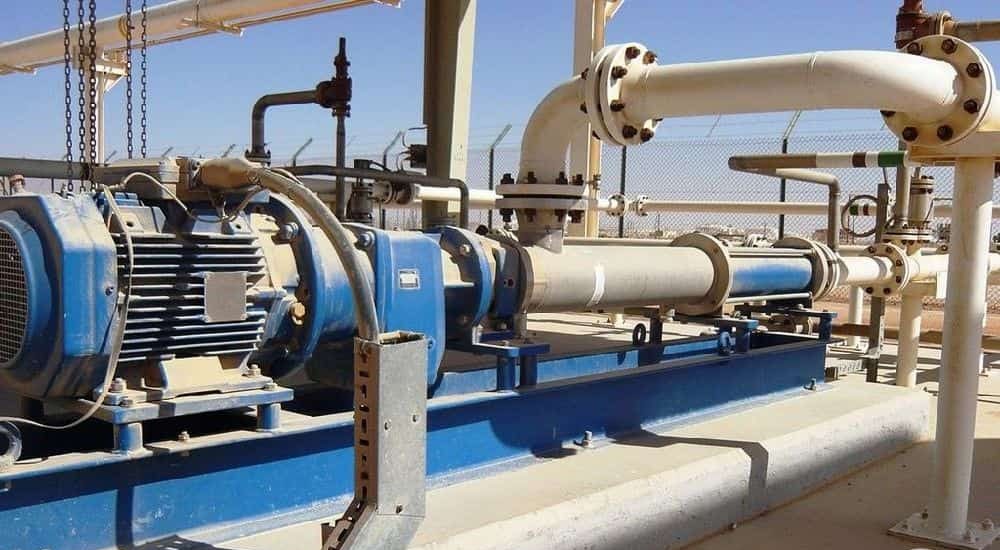
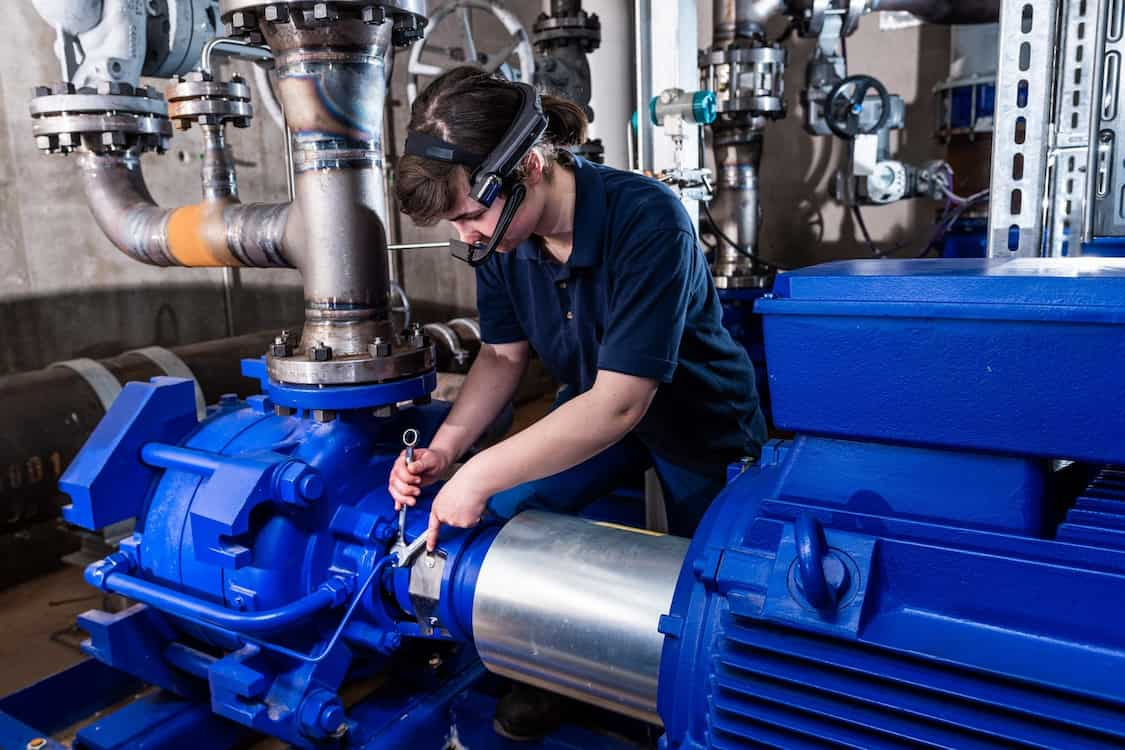
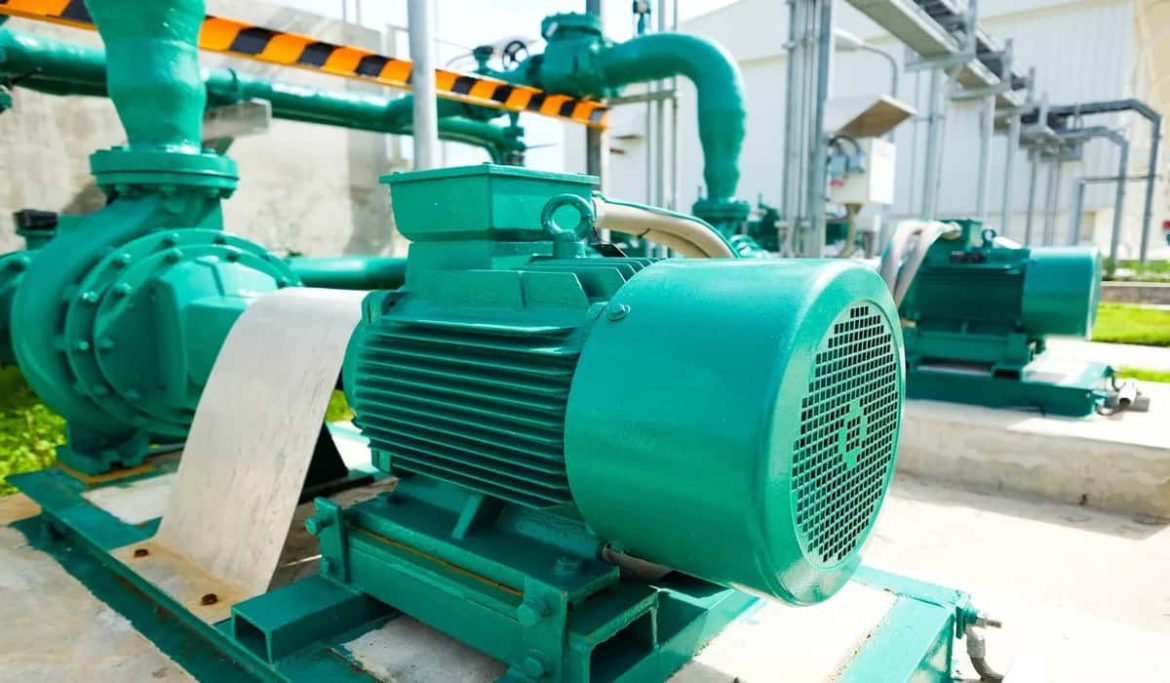
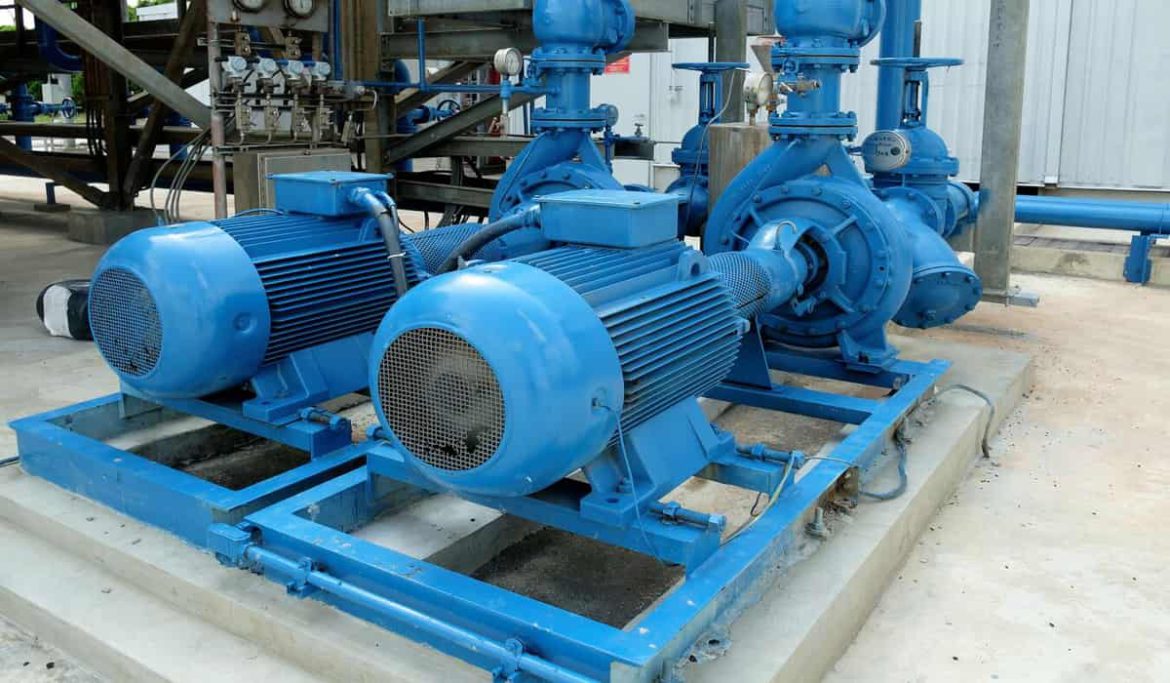

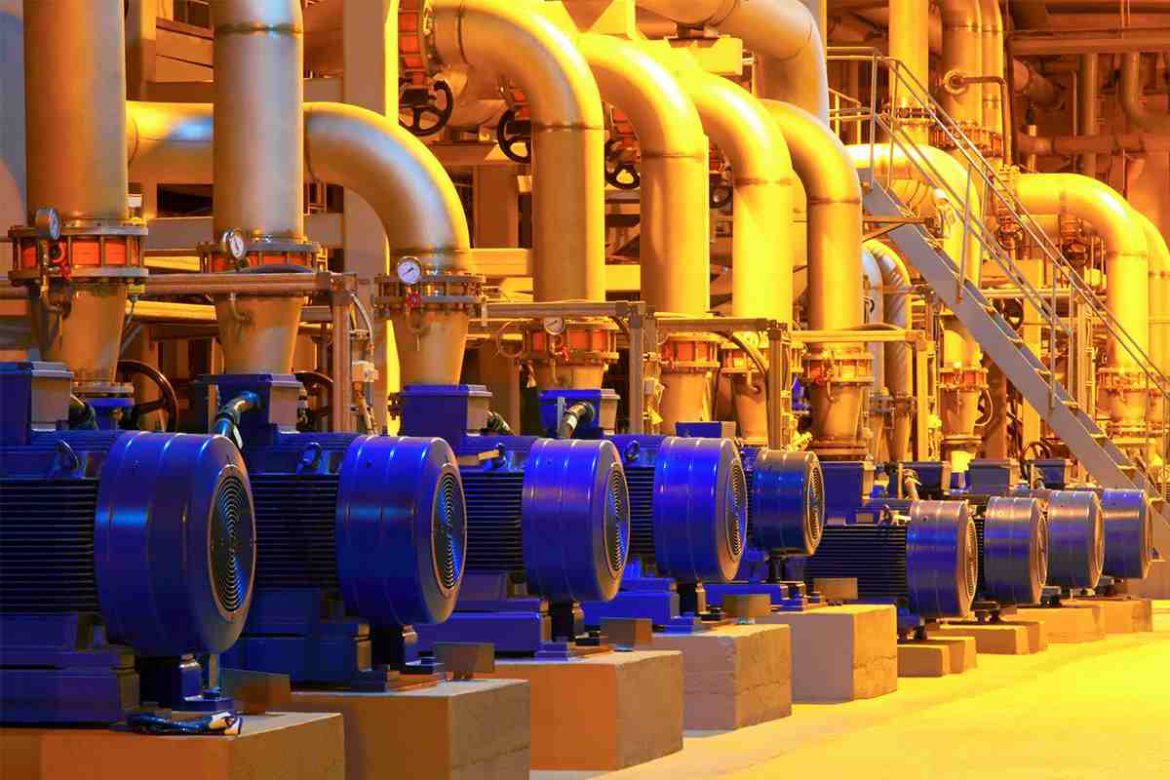
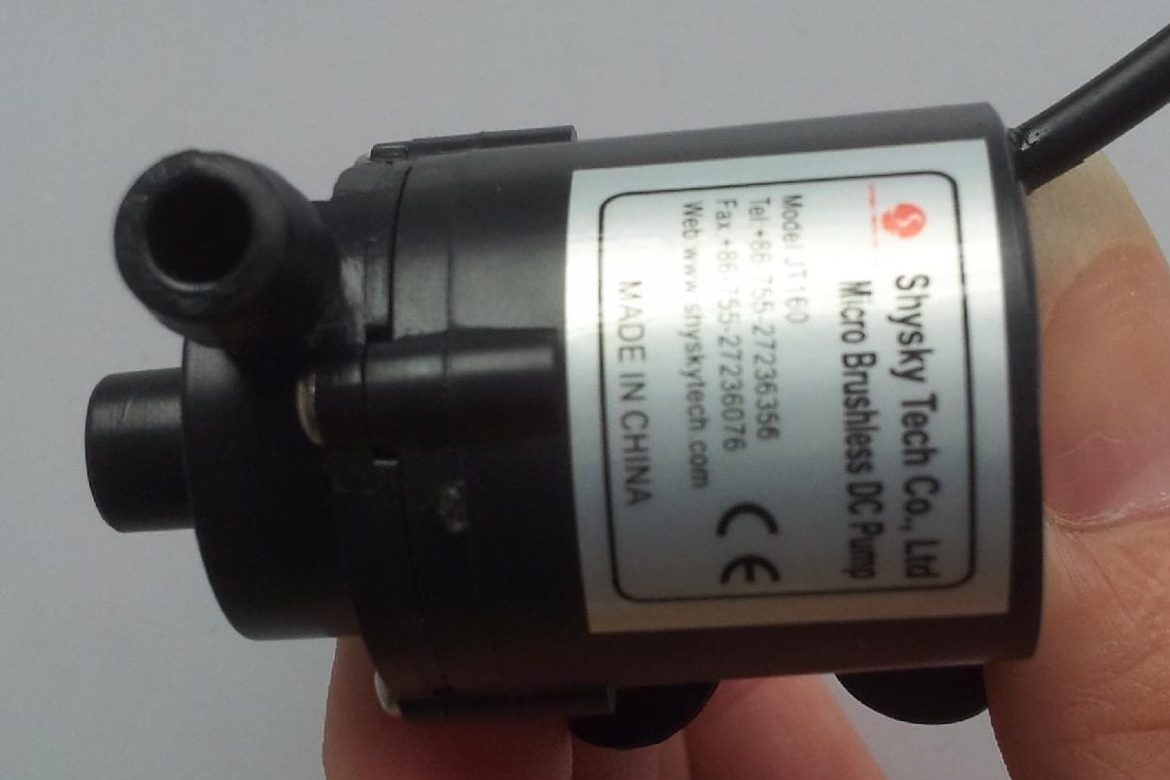
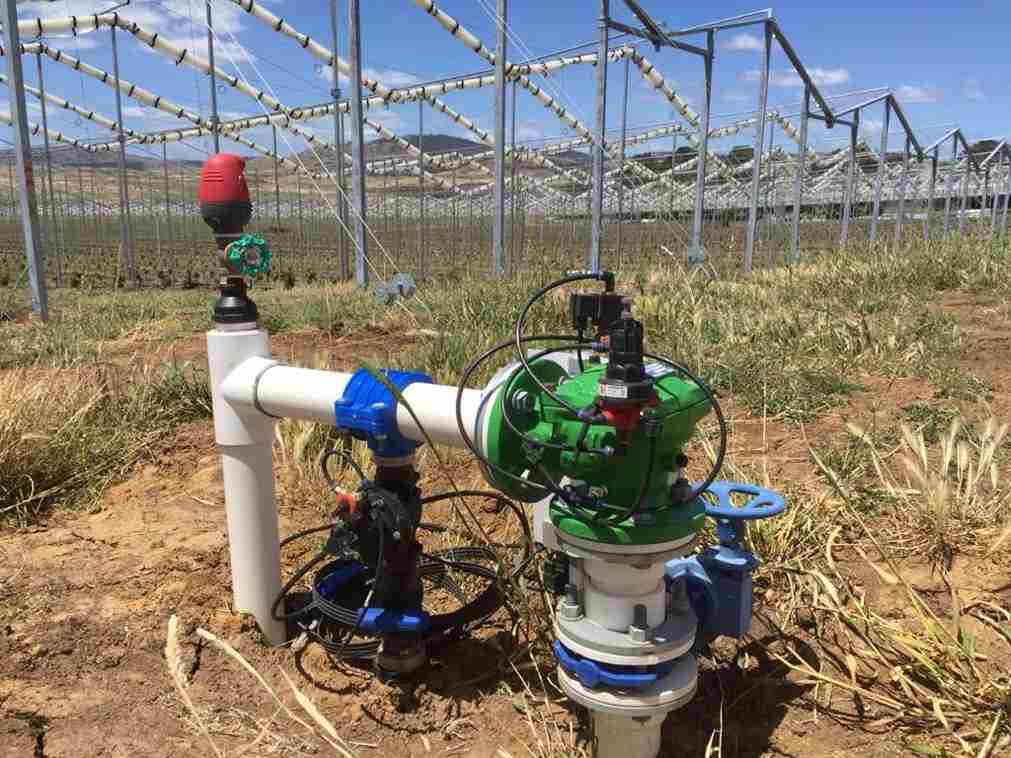
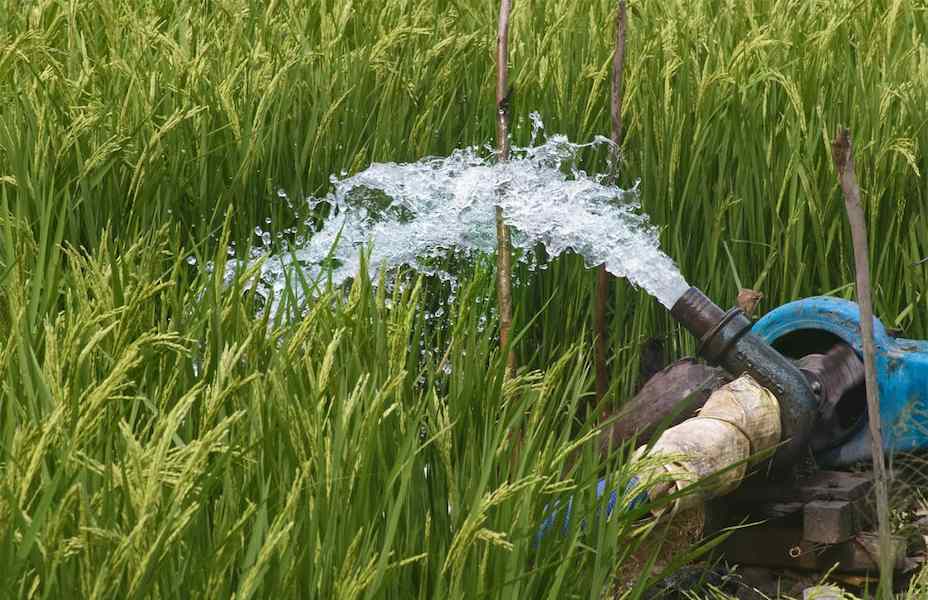
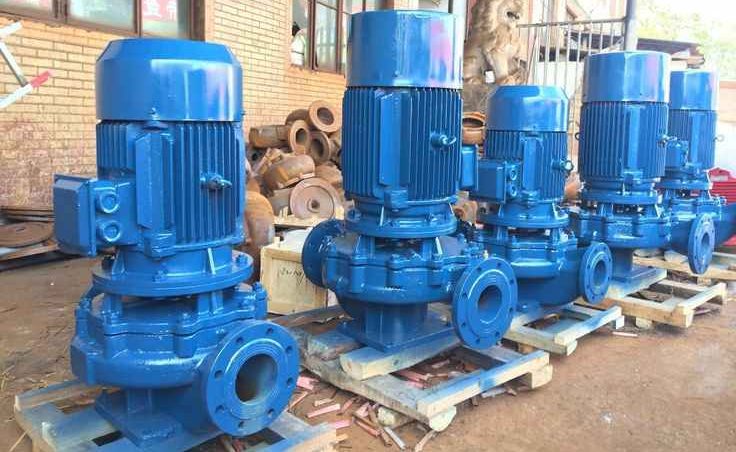
Your comment submitted.